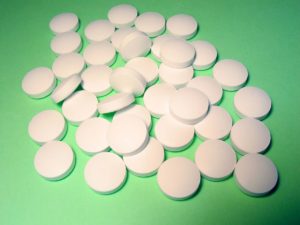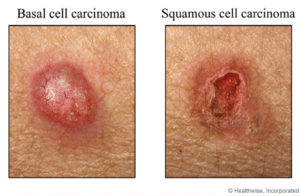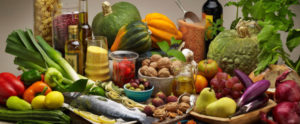Looks like another procedure is found not to be beneficial and possibly harmful - this time arthroscopic surgery as a treatment for the middle aged or older person with a painful arthritic knee or torn meniscus (the shock absorbing cartilage between the knee bones). The researchers also found that "exercise therapy" had more benefits. From Medical Xpress:
Benefit of knee surgery for middle aged or older patients 'inconsequential', say experts
The benefit of surgery for middle aged or older patients with persistent knee pain is inconsequential and such surgery is potentially harmful, say researchers in a study published in The BMJ this week.Their findings do not support arthroscopic surgery as a treatment for the middle aged or older person with a painful arthritic knee or torn meniscus (the shock absorbing cartilage between the knee bones).
The article is part of The BMJ's Too Much Medicine campaign - to highlight the threat to human health and the waste of resources caused by unnecessary care. Over 700,000 knee arthroscopies (a type of keyhole surgery) are carried out in the USA and 150,000 in the UK each year on middle aged and older adults with persistent knee pain. Yet the evidence for arthroscopic surgery is known to be weak, with all but one published trials showing no added benefit for surgery over control treatment.Despite this, many specialists are convinced of the benefits of surgery.
So researchers based in Denmark and Sweden reviewed the results of 18 studies on the benefits and harms of arthroscopic surgery compared with a variety of control treatments (ranging from placebo surgery to exercise) for middle aged and older people with persistent knee pain.s.
Overall, surgery was associated with a small but significant effect on pain at three and six months (but no longer) compared with control treatments. No significant benefit on physical function was found. A further nine studies reporting on harms found that, although rare, deep vein thrombosis (DVT) was the most frequently reported adverse event, followed by infection, pulmonary embolism (a blockage of the main artery of the lung), and death.
"Interventions that include arthroscopy are associated with a small benefit and with harms," say the authors, and the benefit is "markedly smaller than that seen from exercise therapy." These findings "do not support the practice of arthroscopic surgery as treatment for middle aged or older patients with knee pain with or without signs of osteoarthritis," they conclude.
"It is difficult to support or justify a procedure with the potential for serious harm, even if it is rare, when that procedure offers patients no more benefit than placebo," argues Professor Andy Carr from Oxford University in an accompanying editorial.

 Once again, research results finding that
Once again, research results finding that 
 More studies need to be done, but the possibility of simply taking 500 mg twice a day of
More studies need to be done, but the possibility of simply taking 500 mg twice a day of  Credit: WebMD, Healthwise, Inc.
Credit: WebMD, Healthwise, Inc. Another piece of research that shows that eating
Another piece of research that shows that eating  Long-term air pollution can cause damage to the brain: covert brain infarcts ("silent strokes") and smaller brain volume (equal to one year of brain aging).
Long-term air pollution can cause damage to the brain: covert brain infarcts ("silent strokes") and smaller brain volume (equal to one year of brain aging).